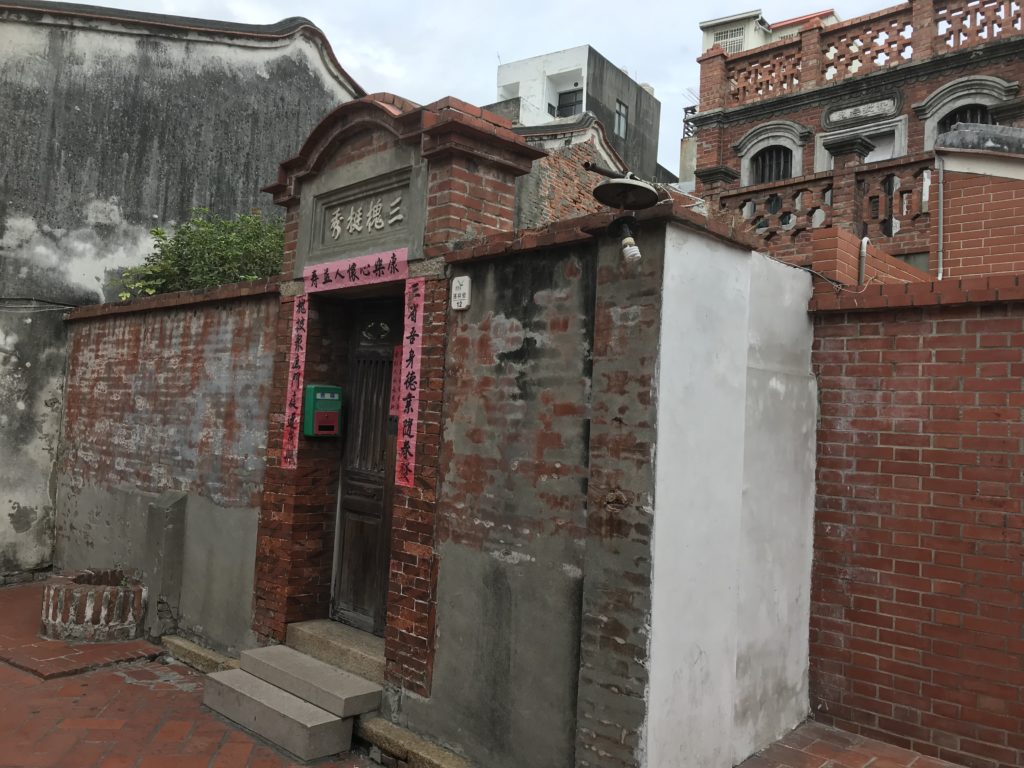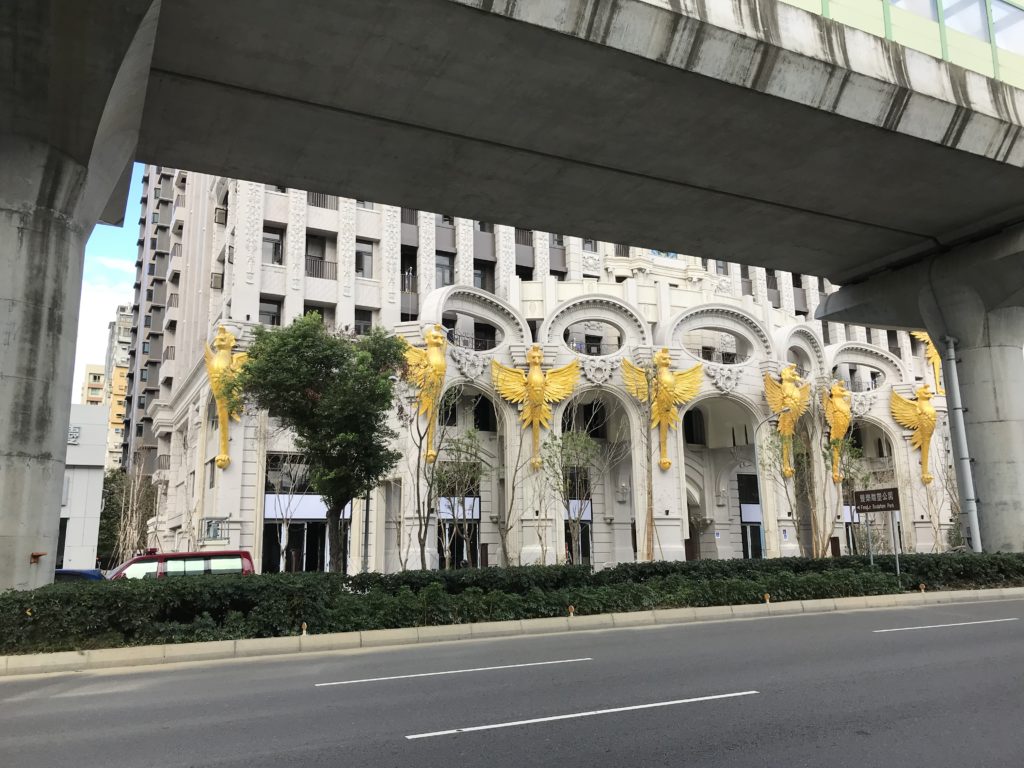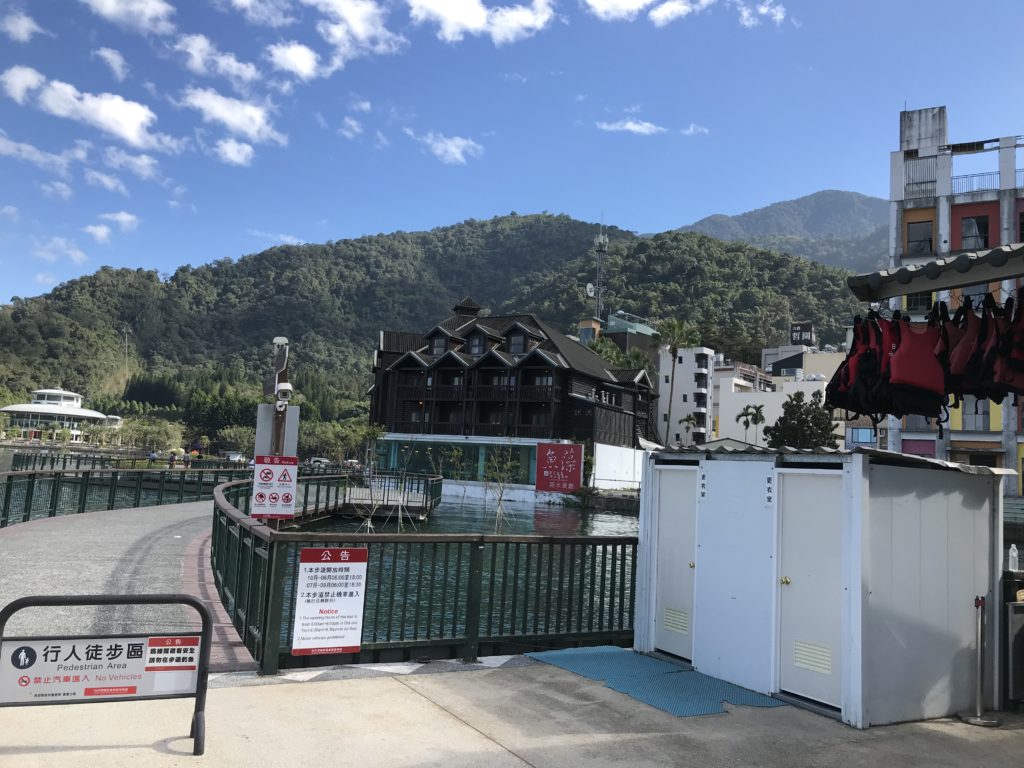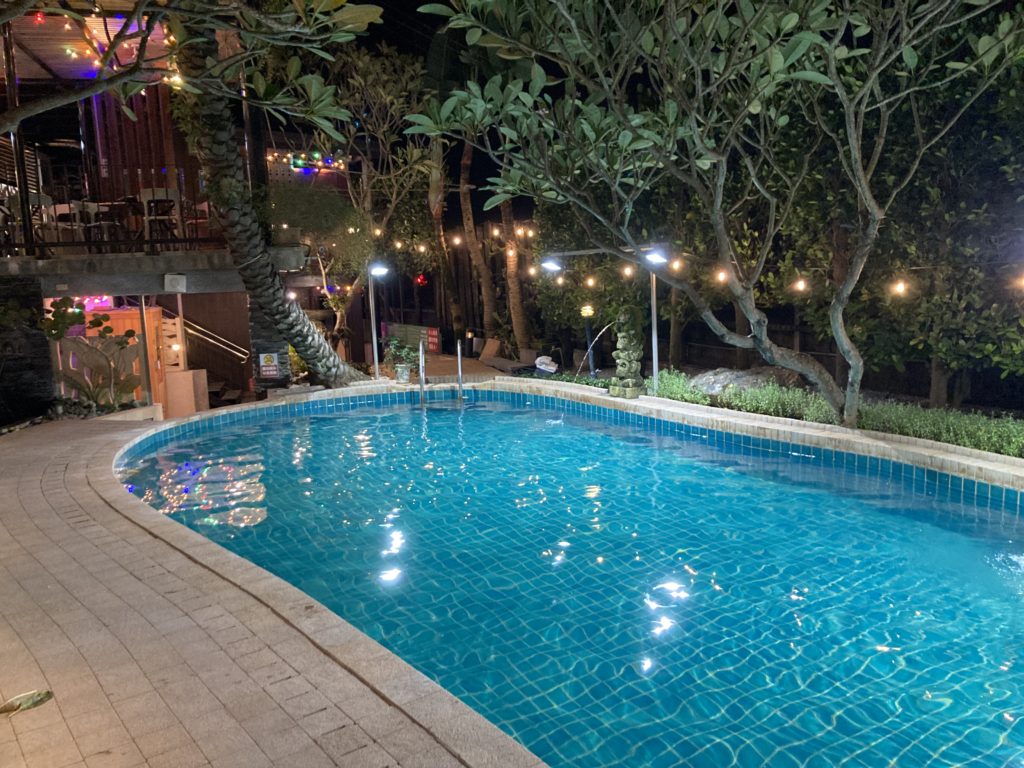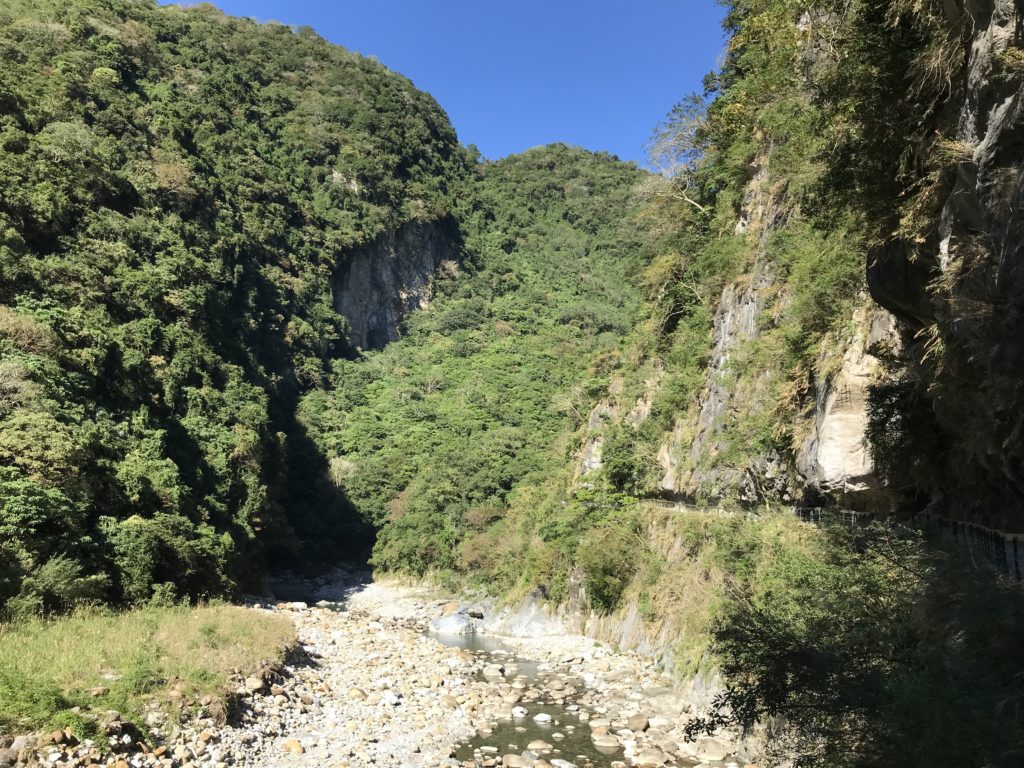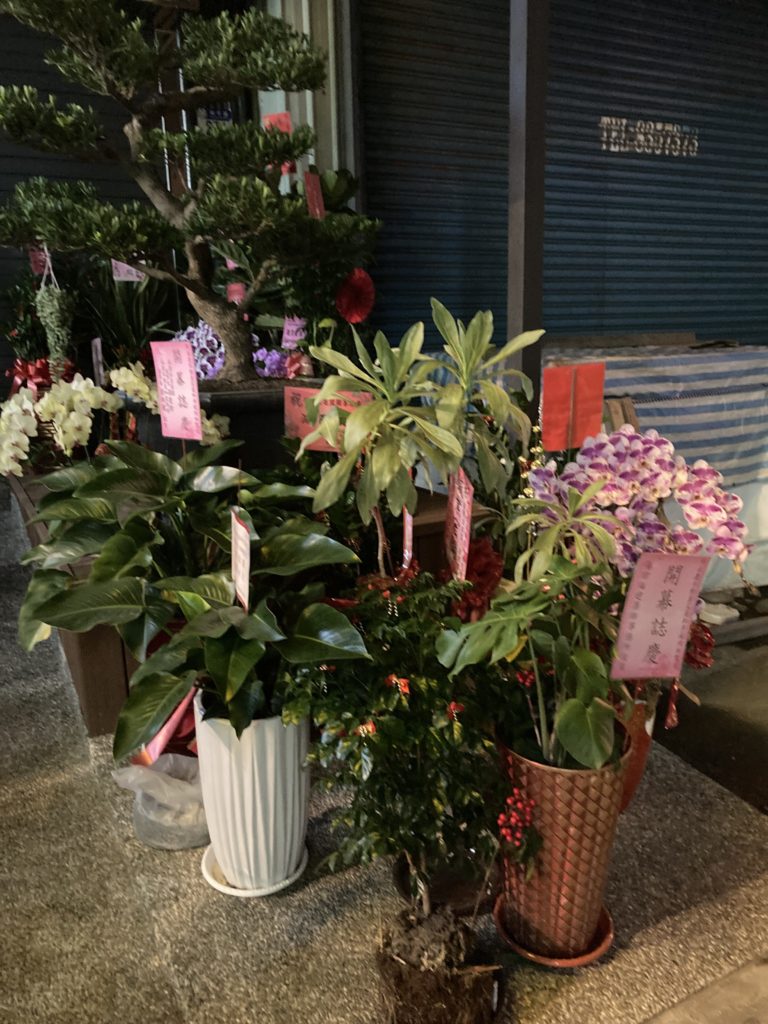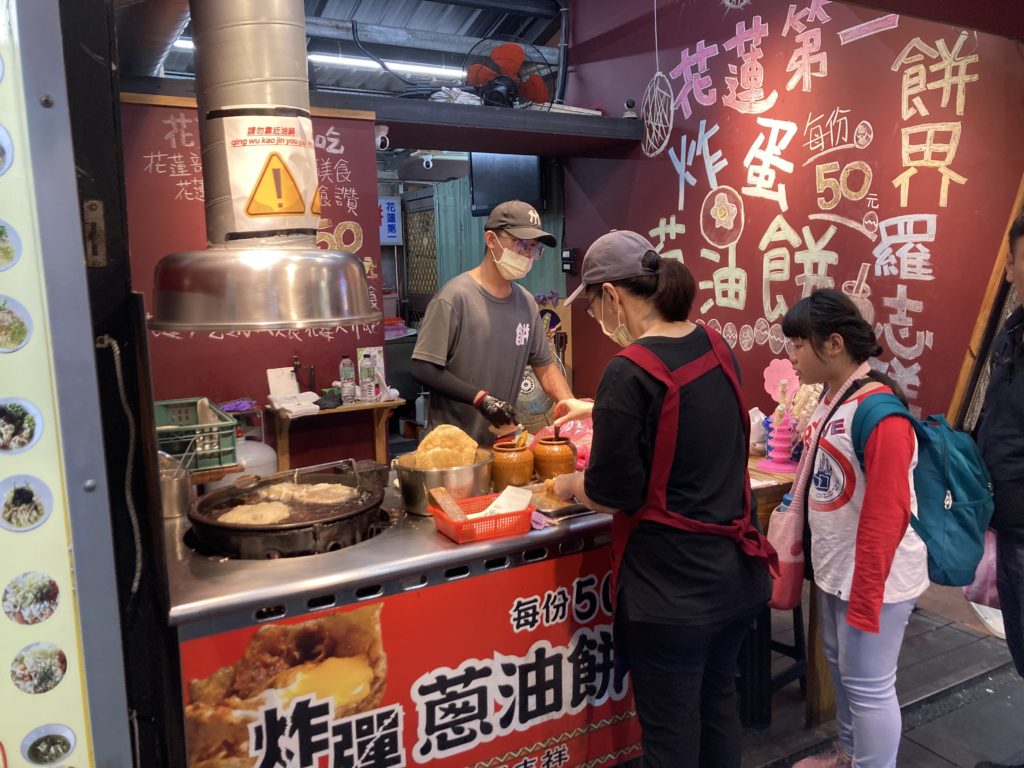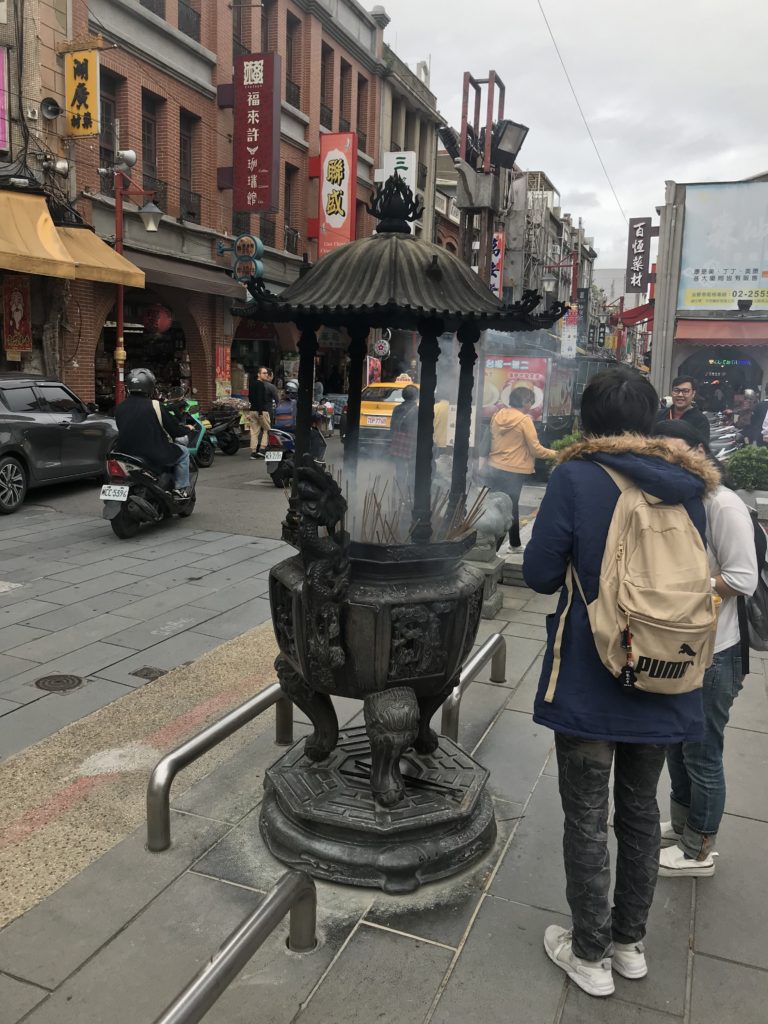I’ll continue the story about our evening trip to the main train station to scope out tickets and coffee for the next day. Despite a lack of coffee shops, the station was hopping and all stores and services were open. Well, the next morning, we showed up for our 8:00 am train to find everything shuttered, all the stores, the food outlets, the lovely bakeries, everything deserted. And the station was jammed with incoming and outgoing passengers and commuters, so how could this be? We were so puzzled, but went through the barriers to access the platforms, and lo and behold, found a little kiosk there selling packaged buns, other snacks, and coffee, so got modestly fed and watered before the trip after all. That’s when Dorothy and I realized we weren’t in Kansas any more 😉

Taipei to Tainan took 90 minutes by high-speed train, and we travelled about 70% of the length of the island, so that gives an idea of how much is packed into a small country. Happy to report that Tainan was worth the trek. Taiwan was occupied by the Japanese from 1895 to 1945, and a strong influence is still visible. The Hayashi Department Store in Tainan is a beautifully-restored 1932 building, selling local and Japanese goods. It also boasts an elegant café on the top floor where Geoff tried a local specialty called “shaved ice”, that is not at all icy or granular. Rather, it’s like fresh snow, the powdery kind but not quite so powdery as the kind that blows away, scooped onto maraschino cherries, and covered with an intensely-flavoured fruit syrup. I’ve no idea how they make actual snow in a café in warm weather, but there you are.




Don’t eat yellow snow. Unless it’s yummy pineapple shaved ice in Taiwan. Strange but delicious..
Next visit was to Anping Old Fort, originally built as Fort Zeelandia by the Dutch around 1620. In true Dutch fashion, they reclaimed a huge lagoon and a sandbar to create enough terra firma for a big fort and outbuildings. There was no mortar in those days, so the bricks were laid with a paste of oyster shells, syrup, and ground sticky rice which the Hokkein-speaking Taiwanese called “ang-mun-tou”, meaning “red-hair soil”… because the Dutch were gingers.

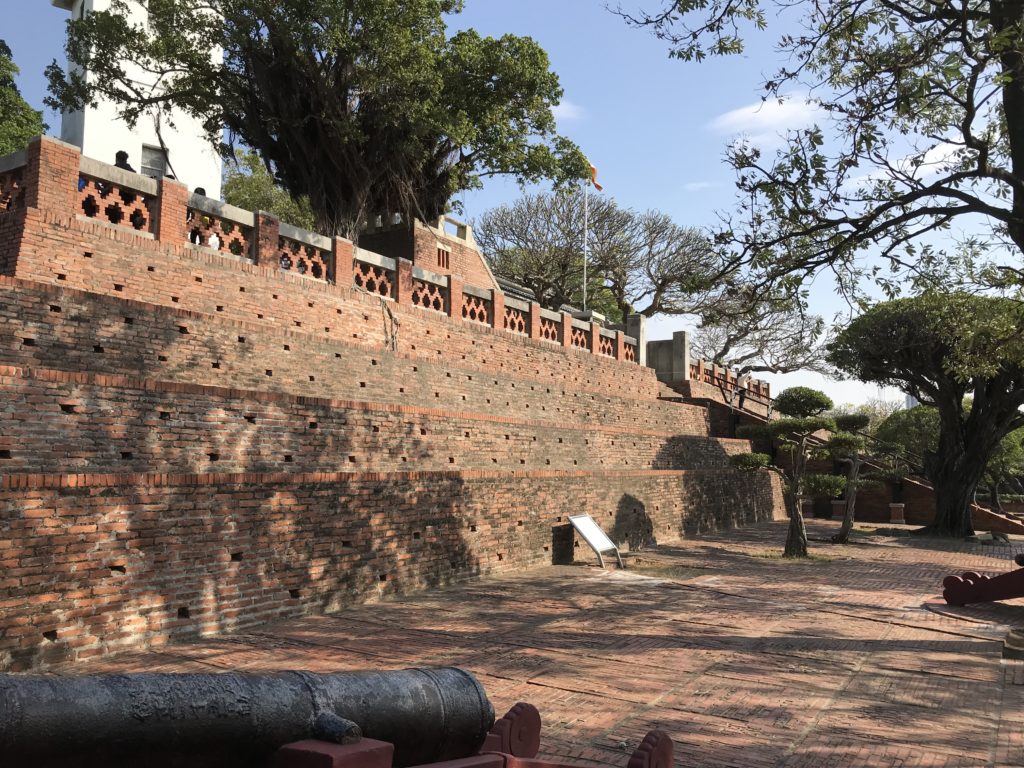
For some reason, Tainan is a big centre for shrimp chips. They put the dough into the silver hopper you see here, and every 5 seconds or so the gizmo spits out a freshly-blown shrimp chip with a startlingly loud “pop”! Intense competition among the vendors to have you sample and buy THEIRS.
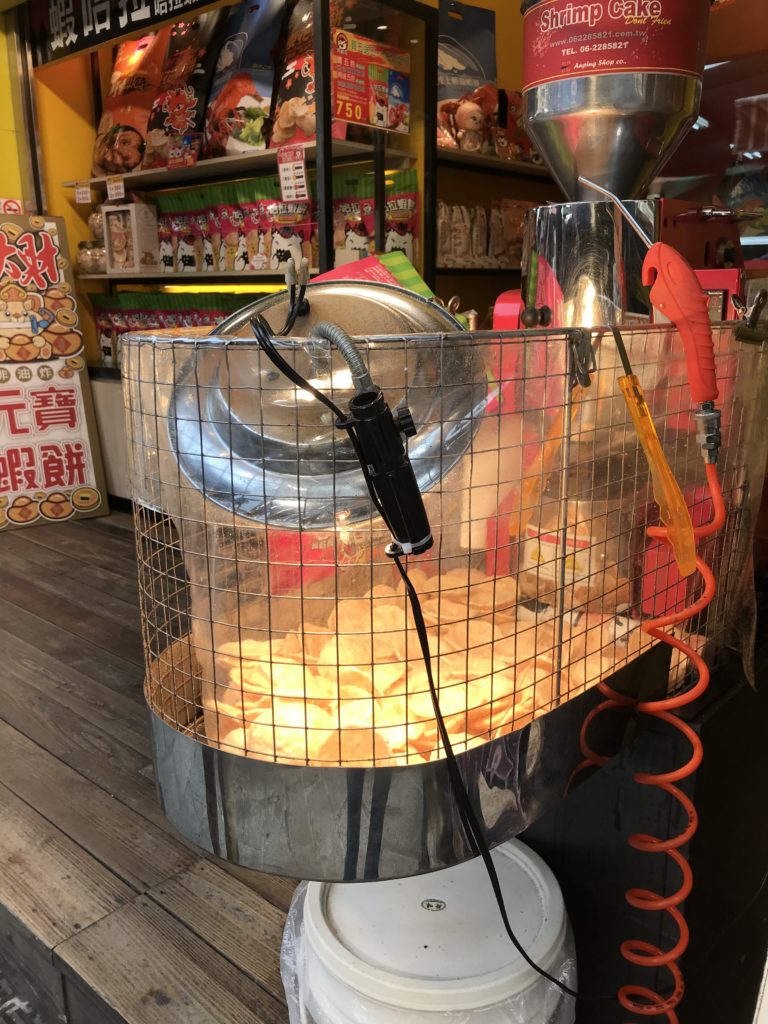
In closing, a somewhat random post — the Taiwan Walk light. I love the guy’s easy stride. Sadly, I wasn’t able to film the next stage because it created a strange sparkle effect on my iPhone, but around the 6-second mark he speeds up and starts running like Usain Bolt. Love it!
And to finish this trip’s blog on a totally random note, here I am displaying my relaxed crabby face, watching a movie with a bear, while the big cat looks somewhat irritated by the photographer.













